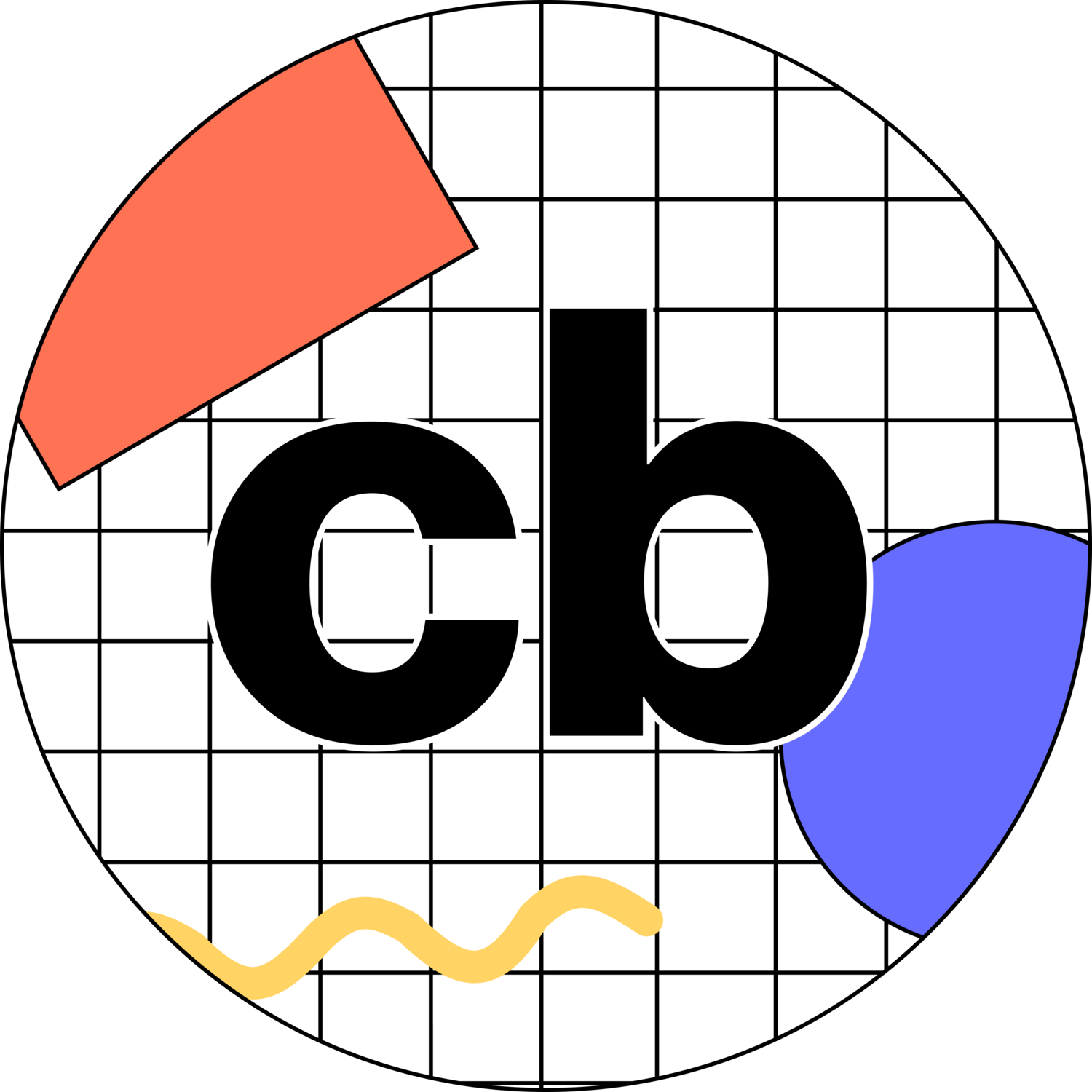UX Case Study • Mobile App • Artificial Intelligence
Trucan: Fact-checking and Claim-making AI Assistant
Trucan is a 10 week academic case study researching and designing a concept to combat the spread of misinformation on social media. Following Google’s material design, Trucan enables users to check sources, learn from unbiased recommendations, share pre-checked posts, and compare content to learn which is more trustworthy.
Objective
Research and design a product or service using Artificial Intelligence
Course
UX Design: Innovation Studio
Role
Interaction Design, Visual Design, Content Strategy, Data Synthesis & Analysis, Primary Research, Observational Study Facilitator.
Team
JT Smith • Emily Ip • Wyatt Michel • Charleen Firlus


Did you know that you eat
8 spiders a year in your sleep?
You’ve probably read or heard that statement sometime in your life, but it’s actually false! It’s also an example of proving how quickly misinformation can spread online.
Initial Research
Social media platforms can be a breeding ground for misinformation. All it takes is for someone to share an initial post, and the spreading of lies ensues. Another issue is that misinformation can come in many forms; whether it be a text post, image, video, or even a comment. If we cannot easily distinguish a truth from a lie, what can?
How can AI help reduce misinformation?
Bot/spam detection
Information that is produced repeatedly and autonomously is detected as bot. Since information created by bots is produced faster than any human would be able to do.
Reputation Calculating
Using predictive analytics backed by Machine Learning, a website’s reputation can be predicted through considering multiple features like domain name and Alexa web rank.
Stance Detection
AI retrieves documents that are relevant to the claim, detecting the stance of those documents with respect to the claim. It can determine whether a certain document agrees, disagrees, or takes no stance on a specific claim.
Competitive Analysis Chart

Primary Research
Survey Insights
Expert Interviews
“Even the good quality sources are going to have problems so you'll need to look at multiple things.”
“You must say why it's incorrect and what the correct thing is, rather than presenting the incorrect idea on its own, because that gives it credence.”
“Our current AI technology is fragile because it notices more than a human can.”
“AI can be reliable but it can also be manipulated.”
“The only way to find out if your information is incorrect is by interacting with the outside world.”
User Interviews
Misinformation Test
We used eye-tracking software along with a brief collection of true and fabricated social media and news posts to gather primary data on how people initially respond when presented information.
Click the arrows below to see the test we presented our participants.
Misinformation Test Results
One interesting takeaway from our observations was that older adults would focus towards text, while younger adults would focus on the image/icon. Different age groups perceived information differently, which pushed us towards focusing on combatting textual misinformation.
User Personas
Current State Journey Map
Preliminary Concepts
Stake Holder Map
Story Boards
Low Fidelity Wireframes
Mid Fidelity Wireframes
Wireflow Diagram

Final Application
⬇
Source Analysis
Source Comparison
Claim Maker
TruType

Want the data without the research?
Source Analysis
Verify information from a source via input of a URL. The source analyzer receives key points detailing the article’s summary with the ability to provide accreditation for the source.

Need that one good source of information?
Source Comparison
The source analysis allows a comparison between the data of two sources to detail which source is more reliable.

Want to write credible claims?
Claim Maker
Use the Claim Maker to write a supporting stance, backed by related sources of information through AI. The supporting sources are cited within the claim and can be shared with text-based social media platforms, such as Twitter.

Too busy to
look for a source?
TruType Keyboard
TruType uses AI to offer articles related to what the user types, as well as an analysis of your writing performance to enable confidence before sharing a post or comment; directly through the keyboard.





















































